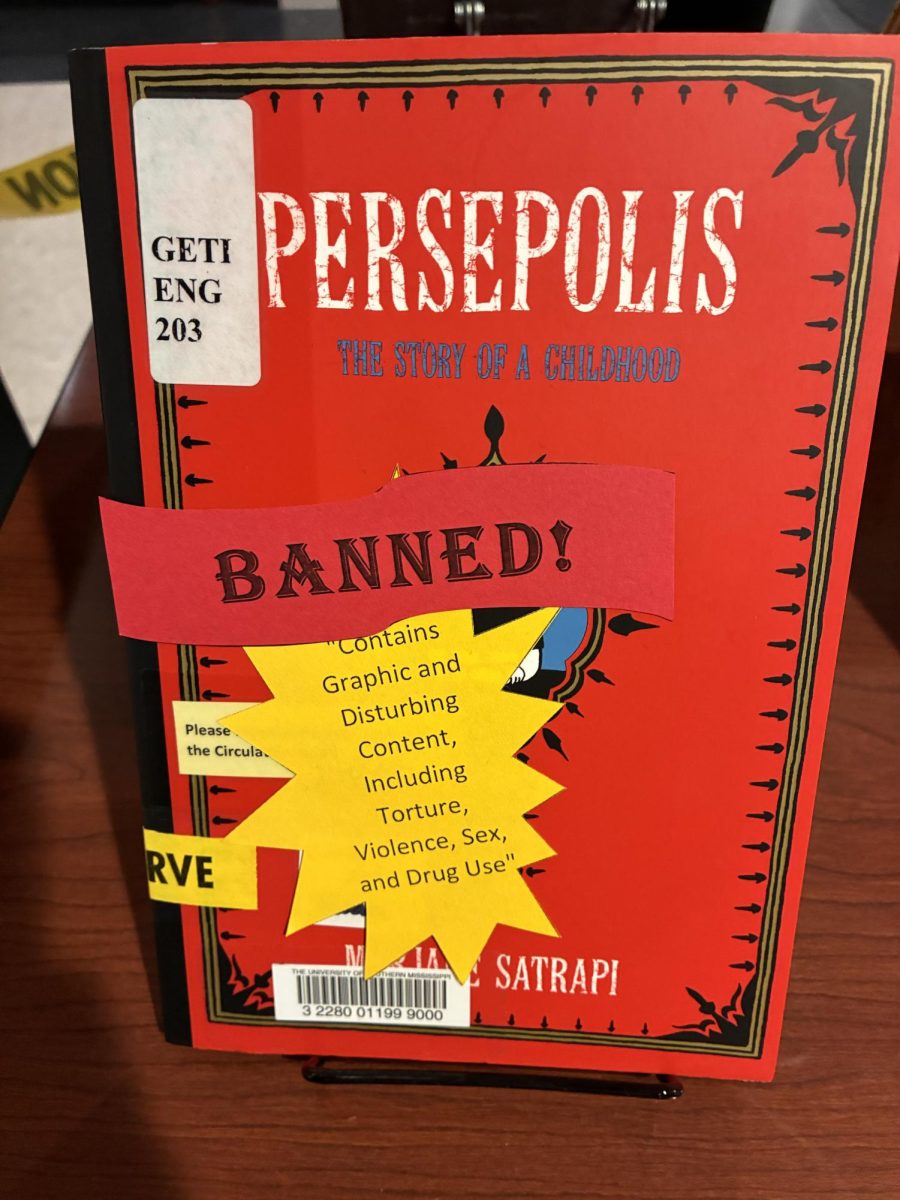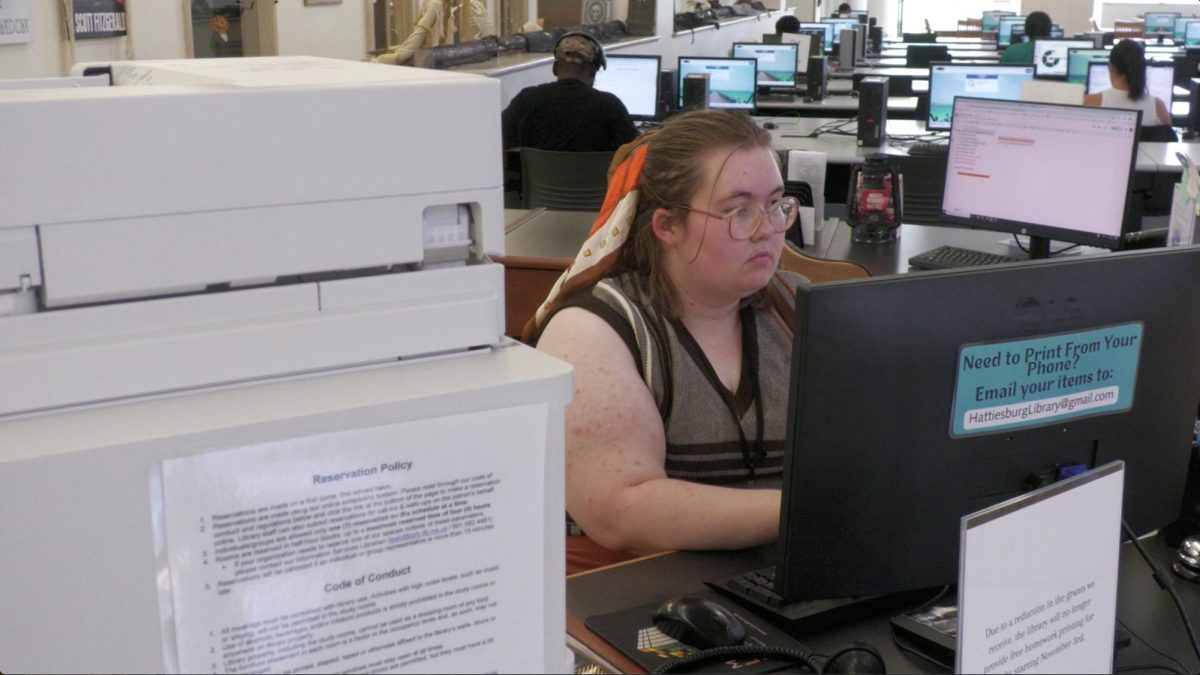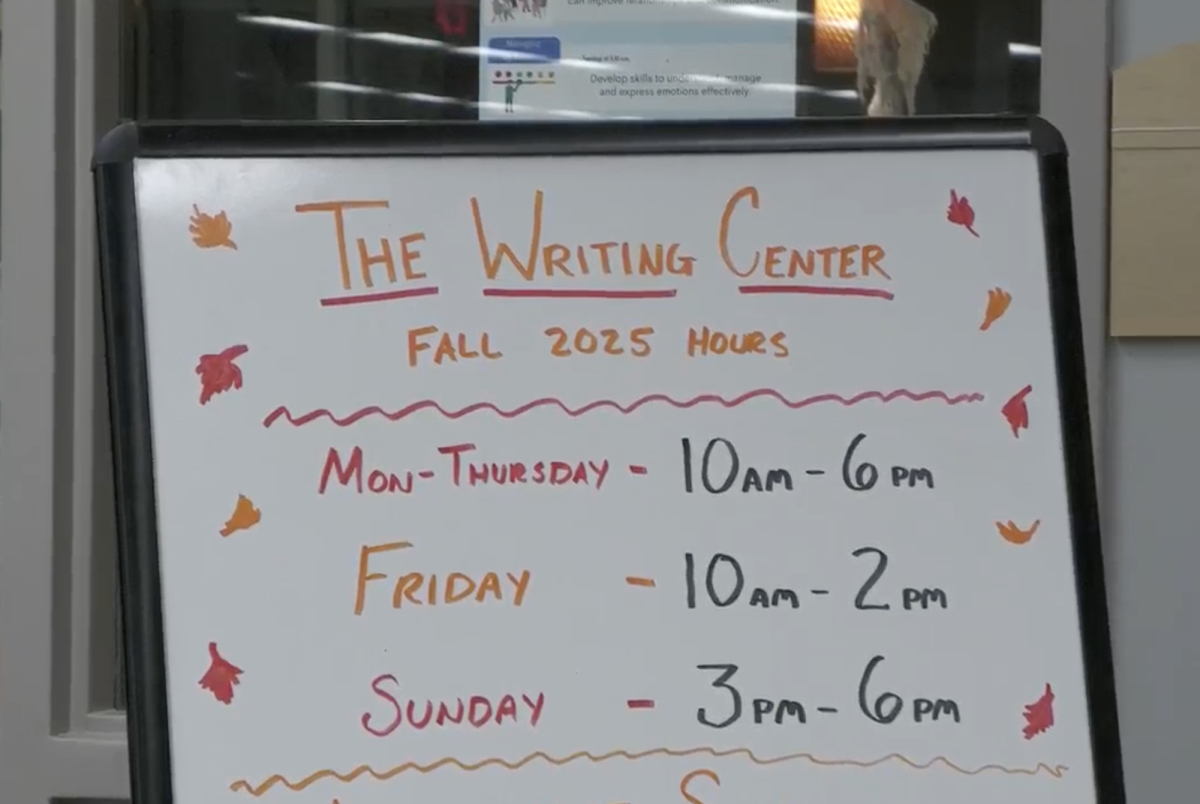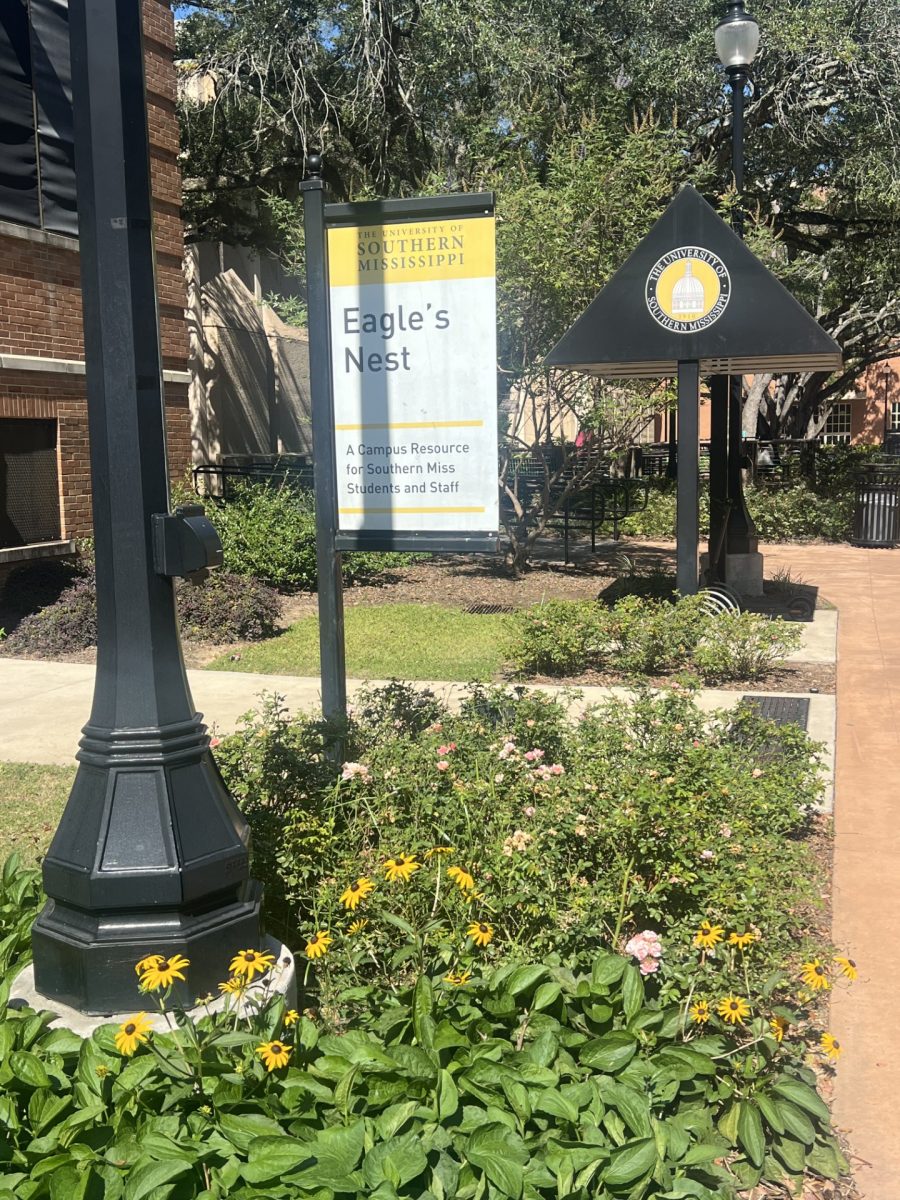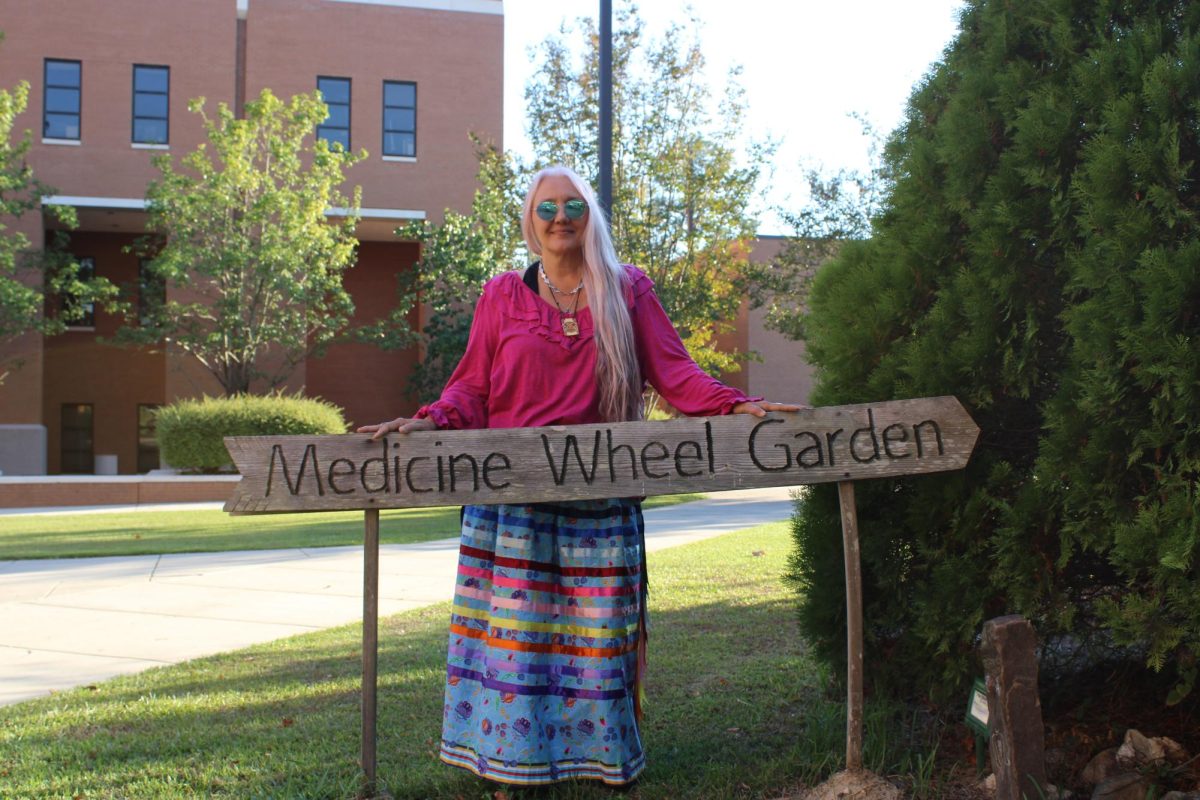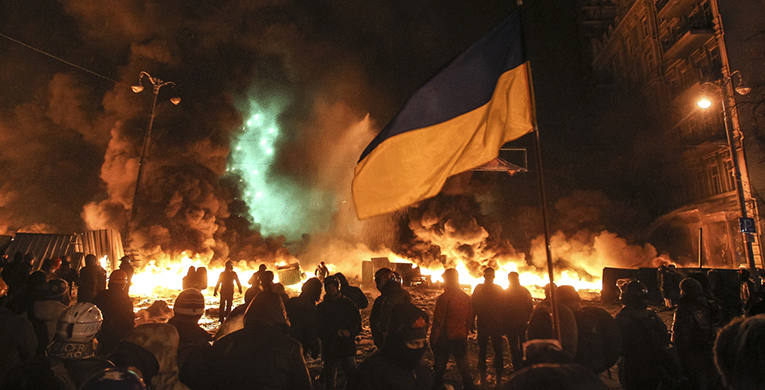
You may have recently seen glimpses of burnt buildings and bloodied faces accompanied by headlines about the protests in Ukraine. It might seem as though many of these conflicts spring out of nowhere, invading our news stations in the night. But these revolutions (such the ones recently in Egypt, Greece and Venezuela) often have “a long time ago, in a galaxy far far away” type histories that lead up to political friction between a government and its citizens.
This makes it exceedingly complicated to summarize and explain what is going on in Ukraine in its entirety. However, below you will find answers to the key questions everyone should know about the current state
of Ukraine.
1. Why did the protests start?
The current conflict can be sourced by three main elements: Russia, The European Union and Ukrainian President Viktor Yanukovych. According to The Economist, Ukraine was once a republic of Soviet Russia but won its independence in 1991. Yet unlike its surrounding Baltic states, independence did not bring prosperity for Ukraine. Instead it has struggled with economic and political corruption for years.
In 2010 the country democratically elected Yanukovych, even after protesting his election in 2004 in an event known as the Orange Revolution, out of desperation for a strong political leader. While the country pushed for a contract with the EU for financial security and protection, Yanukovych secretly made deals with Russia to extract money and political guarantees.
When several hundred students took to the streets to peacefully protest this, troops were sent in to beat them up. The next day thousands of Ukrainians poured out onto the Maidan, place of the original orange revolution, to join the protest in response.
2. What has happened recently?
According to The New York Times, the Maidan was barricaded and taken as a free territory inside Ukraine’s capital, Kiev. For the past three months the government has refused to meet the demands of the protestors and new laws were enacted that effectively criminalized their right to protest.
After months of tension, however, it seemed that there were signs of progress. Yanukovych’s government released detained protesters and introduced legislation to amend the constitution to create a more equal balance of power. Protesters began to vacate government buildings, barricades were being taken down and the Sochi 2014 Winter Olympics provided a positive distraction.
Yet the concessions were not enough, and in a surprising turn of events on Feb. 18 radical protesters took to the streets causing violent fighting to ensue with police. The sudden escalation of the conflict has resulted in the death of 77 people and 600 wounded within 48 hours, according to BBC.
Former prime minister and opposition icon Yulia Tymoshenko has been freed from prison.
3. What happens to Ukraine now?
According to BBC, after launching investigations into Yanukovich’s administration, the president has been ousted and opposition figure Oleksander Turchynov has been named the interim president.
The presidential election has been slated for May 25. The United States is backing parliament’s decision and has advised Russia not to offer military intervention.

